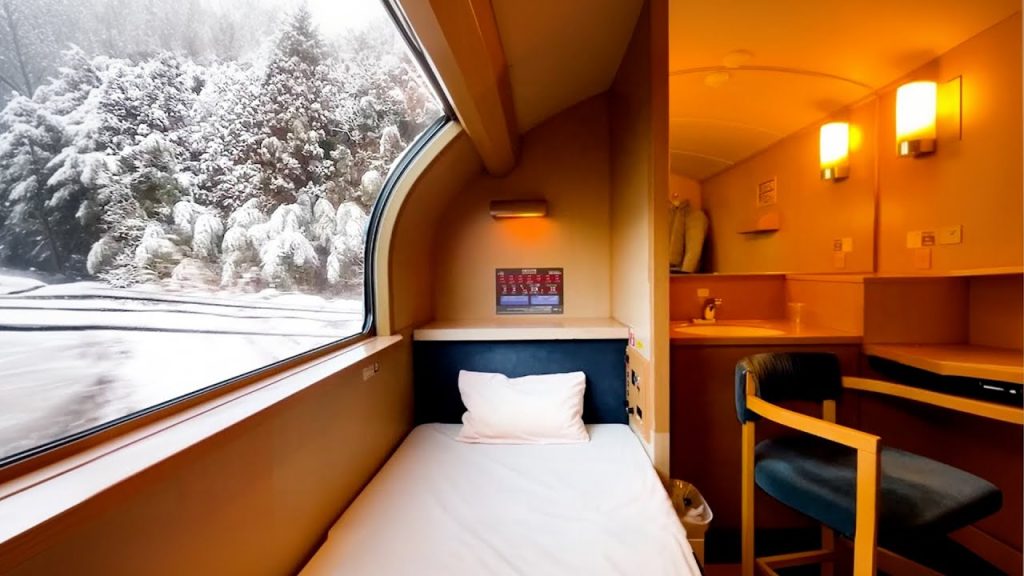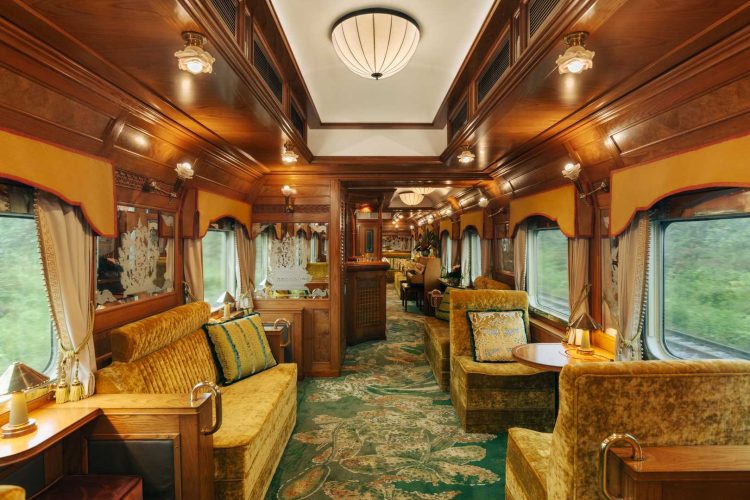A Renaissance on Rails
In a travel landscape increasingly defined by climate consciousness, slow journeys, and Instagrammable nostalgia, Europe’s sleeper trains have made a stunning comeback in 2025. Once considered a relic of a bygone era, the overnight train is now a symbol of sustainable sophistication. While low-cost airlines once dominated the continent’s skies, the rise of “flight shaming,” coupled with post-pandemic desires for less chaotic travel, has shifted public imagination back to the rails. From the moment travelers step into a private couchette with wood-paneled interiors and crisp sheets to waking up to views of the Alps or Croatian coastlines, the experience offers a blend of old-world charm and low-carbon practicality that fits squarely with 2025’s most important travel values.
Eco-Trends and the Rise of Conscious Travel
The sleeper train’s revival is not just about comfort—it’s a response to Europe’s growing eco-travel movement. Train travel produces significantly fewer carbon emissions than flying, a fact repeatedly emphasized in recent studies and public campaigns. In Sweden, the term “flygskam” (flight shame) has entered everyday vocabulary, and that sentiment has rippled across the continent. For travelers seeking to reduce their footprint without sacrificing adventure, sleeper trains offer a guilt-free alternative. A trip from Paris to Vienna by night train emits around 90% less CO₂ than a short-haul flight covering the same distance. National rail companies and new operators alike are seizing on this data to relaunch and rebrand sleeper routes with a distinctly green identity.
Classic Routes Make a Comeback
Several legendary routes that had disappeared in the 2000s have returned with renewed demand and modern upgrades. NightJet, run by Austria’s ÖBB, has expanded its overnight services in partnership with countries like Germany, Switzerland, and France. The Paris–Vienna route is now a sought-after corridor, often booked out weeks in advance during peak travel seasons. The Berlin–Zagreb line has returned with fresh design elements and improved punctuality, offering a scenic cross-continental voyage for those seeking Balkan exploration.
Other routes such as the Amsterdam–Zurich sleeper and the Rome–Palermo night service are drawing attention for both their panoramic views and seamless schedules. These trains are not simply modes of transport—they are narratives on rails, allowing passengers to traverse nations and cultures while asleep or dining over regional wine and fresh pasta.

More Than Transit—An Experience
Today’s sleeper trains are marketed as more than a way to get from point A to point B. They are experiences in themselves, attracting travelers who might once have splurged on boutique hotels or overnight cruises. Refurbished carriages now offer options ranging from budget shared compartments to deluxe private suites with en-suite showers, premium bedding, and breakfast in bed. Ambiance matters. Interiors often feature retro aesthetics with modern touches: leather armrests, brass light fixtures, blackout curtains, and quiet zones that support uninterrupted rest.
Some routes even offer themed experiences. The Venice–Paris sleeper occasionally collaborates with brands to offer onboard wine tastings or murder mystery packages. Onboard dining has also seen a revival, with some routes partnering with local chefs to provide regionally-inspired menus that evolve with the landscape. From a saffron risotto enjoyed over the Swiss lakes to Viennese pastries served before sunrise, the culinary side of night trains now rivals that of traditional hotels.
Romance, Privacy, and Digital Detox
Part of the sleeper train’s allure is its romantic mystique. There is something inherently cinematic about boarding a train under the night sky and waking up in another country. It evokes memories of classic films, long-lost pen pals, and midnight adventures. In an era where digital fatigue is real, the sleeper train also offers a quiet form of retreat. With spotty Wi-Fi in remote mountainous areas and the rhythmic hum of the rails as a backdrop, passengers are nudged to unplug and reconnect with themselves or their travel companions.
For couples, it becomes a time capsule of intimacy. For solo travelers, it’s a safe and structured way to traverse borders while meeting fellow explorers in shared lounges or restaurant cars. Families, too, are rediscovering sleeper trains as a stress-free way to travel without early morning airport runs or chaotic security checks.
Innovation Drives Renewed Trust
The success of the 2025 sleeper train boom also stems from significant investment and innovation. In the past, night trains suffered from delays, uncomfortable bedding, and outdated facilities. Today’s services are built for reliability and comfort. Rolling stock has been upgraded with soundproof cabins, biometric access, and air filtration systems. Booking platforms have streamlined, making it easy for users to compare couchette types, amenities, and arrival times.
NightJet has led the charge, but private companies like European Sleeper and Midnight Trains are also making waves. Midnight Trains, self-described as a “hotel on rails,” plans to launch lines connecting Paris to Barcelona, Rome, and Berlin in style-focused cabins with concierge-level services. Even luxury companies like Belmond have added new seasonal overnight journeys across the Alps and Italian countryside, aimed at travelers who want the Orient Express romance without the vintage inconvenience.
A Win for Rail Infrastructure and Regional Growth
Beyond tourism, the sleeper train revival has become a strategic asset in Europe’s broader push for decarbonization and regional development. The EU has funded cross-border rail improvements and incentivized coordination among national carriers. Smaller cities that had once lost out to airports are now back on the map thanks to restored night routes. In turn, local economies benefit from a new wave of tourism that is slower, more curious, and more invested in cultural immersion.
Instead of flocking only to Europe’s megacities, travelers on sleeper trains disembark in lesser-known hubs—Ljubljana, Innsbruck, Verona, Rijeka—and explore towns and regions otherwise skipped by tight air-and-Uber itineraries. The ripple effect extends to local hospitality, museums, and restaurants, creating a more even and sustainable tourism model.
The Future of Sleeper Travel
Looking ahead, sleeper trains are positioned not just as a trend but as a long-term solution for intra-European travel. With public opinion turning firmly against short-haul flights and carbon taxes becoming more politically viable, night trains are poised for greater integration into mainstream travel habits. Expect to see more routes connecting Eastern and Western Europe, additional eco-luxury options, and further tech enhancements including smart climate control and real-time itinerary tracking.
But more importantly, the emotional appeal will continue driving demand. In a time when travel is often reduced to checklists and stress, the sleeper train restores the journey as an act of wonder. It invites travelers to slow down, savor transitions, and be lulled to sleep by the soft cadence of distant rails.





















